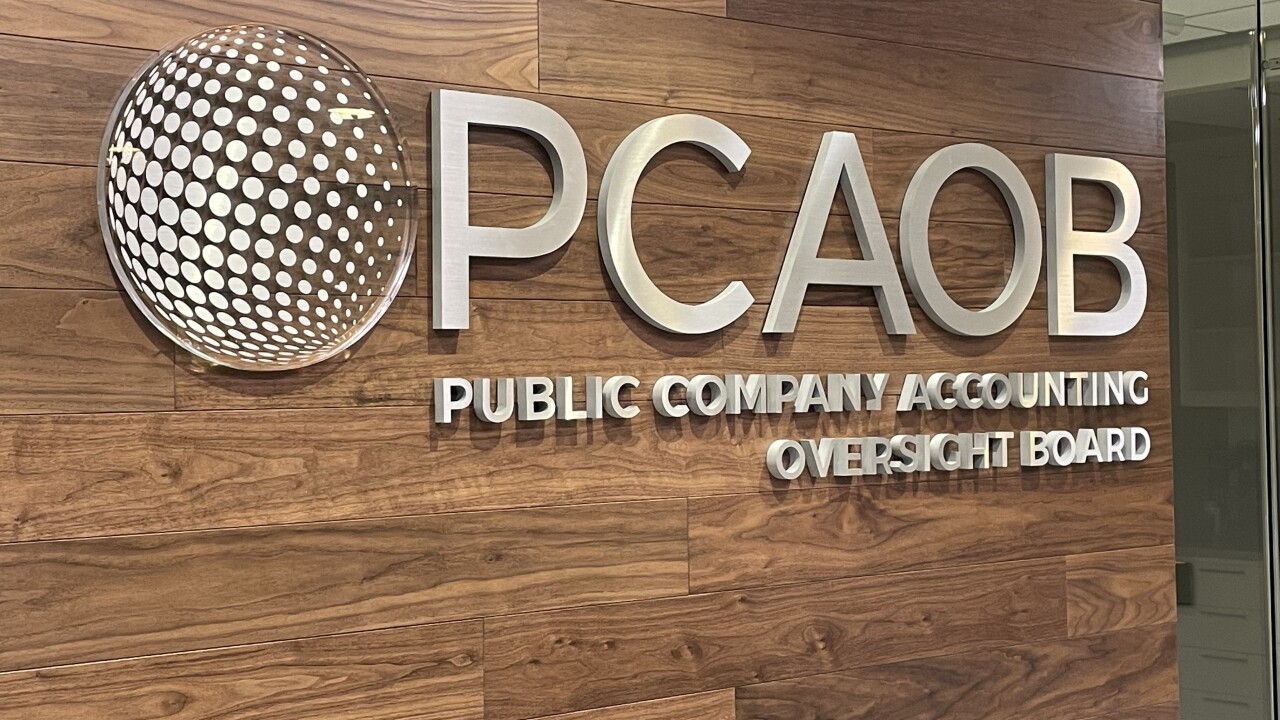Environmental, social, and governance investing is gaining popularity not only for its “feel-good” factor but also for its potential to spot financial risks that often cannot be identified in a company’s quarterly results. The threats that climate change poses to a supply chain or the scandals that could arise from a discriminatory workplace may have a dramatic impact on a company’s future performance. The trouble is these risks are hard to measure and rarely disclosed.
This presents a challenge for the insurers, pensions, family offices, and other large investors looking to improve the long-term sustainability of their portfolios. It’s also creating demand for services from ESG data companies that provide research and ratings on how well companies are addressing environmental, social, and governance concerns. “ESG data and ratings are a huge industry, as everyone will be needing it. So it’s becoming mainstream,” says Axel Pierron, co-founder and managing director at the consulting firm Opimas.
ESG scores can play a key role in determining whether fund managers or exchange-traded funds buy a stock, how much companies pay on loans, and even if a supplier bids for a contract. They can also help verify whether a bond is really “green” or if a company is eligible for a stock benchmark. Investments in about $30 trillion in assets have relied in some way on ESG ratings, according to estimates from an MIT Sloan School of Management working paper published in August.

Yet, confusingly for investors, findings from different providers of ESG data and ratings are difficult to compare. “I would caution against relying on these ratings exclusively,” says Erika Karp, New York-based founder and chief executive officer of Cornerstone Capital Group, an impact investment adviser that has about $1 billion of assets under management.
The same MIT paper found that in a dataset of five ESG raters, correlations between scores on 823 companies were on average 0.61. (A correlation of 1.0 would equal 100 percent.) For comparison, credit ratings from Moody’s Investors Service and S&P Global Ratings are correlated at 0.99.
Mona Shah, director at Stonehage Fleming Investment Management, a London-based multifamily office, says she read through lots of conflicting ratings when building a sustainable investment portfolio for clients and decided not to rely on them fully. “ESG analysis, by its very definition, is subjective,” she says. “Different providers will inevitably have different ways of classifying whether they think social concerns are more important or whether they are driven by carbon footprint, for example.”
Different weights
Competition in the ESG ratings market is heating up. At least a dozen major third-party companies do such ratings, including Sustainalytics and MSCI Inc., outnumbering the handful of companies in the credit and mutual fund rating space. Recently, S&P, Moody’s, and Fitch Ratings have gotten into the game by acquiring ESG data and ratings providers or integrating ESG analysis in their credit rating evaluations.
ESG ratings providers generally calculate scores by scouring publicly available data, including company statements, news stories, and reports from nongovernmental organizations. The themes they cover tend to mirror the 17 named in the United Nations’ Sustainable Development Goals, which range from gender equality to clean energy.
Theoretically, the scores should relate largely to the risks associated with a company’s core business activities. In that case, how a foodmaker handles waste or what a transportation company is doing to reduce carbon emissions would be under the most intense scrutiny. However, methods for assessments vary among providers. “These methodologies take a great deal to understand, and ESG ratings providers could offer more communication to explain these, allowing for more transparency,” Shah says.
(Bloomberg LP provides ESG disclosure scores based on company-reported ESG data and also offers third-party partner data and scores on its terminal.)
To give an idea of how much ratings can differ, look at a sector such as tobacco, which many sustainable investors have excluded for years. Based on most recent rating reports from this year, Munich-based sustainability ratings provider ISS ESG rated British American Tobacco Plc weak, indicating high risk, while Sustainalytics gave the company a score of 24.4, which represents a medium risk on its scale.
“Half of overall divergence derives from different weights, the other half from different evaluations within categories,” says Julian Koelbel, one of the co-authors of the MIT paper. “Judgment and opinions vary as a result of these differences.”
ESG ratings have also proved far from perfect at detecting impending disaster. One of the most prominent recent examples is PG&E Corp. The California-based utility was forced into bankruptcy in January 2019 after its equipment was blamed for two years of deadly fires that destroyed thousands of homes and businesses and cut power to more than 45,000 customers.
Some ESG data and ratings providers gave PG&E good ratings before its demise, according to Opimas’s Pierron. At least one provider highlighted safety concerns with the utility’s equipment before the 2017 and 2018 fires: On a scale of 1 to 5, with 1 being the lowest risk, Sustainalytics rated it category 4 or higher on quality and safety after a fiery explosion of its San Bruno pipeline in 2010.
Seeking standardization
ESG data and ratings providers aren’t regulated, unlike counterparts focused purely on financial information. Nevertheless, efforts are being made to bring more transparency and standardization to the industry.
A new European Union taxonomy — set to be fully enforced by the end of 2022 — will introduce disclosure requirements for index and benchmark providers that use “sustainable” and other labels. “They will have to provide full transparency on their ESG indexes, notably, regarding methodologies and data sourcing, but also follow clear guidelines around the criteria implemented according to the asset classes being included in the index,” Pierron says. “These new obligations will push the industry toward a higher-quality standard.”
Still, ratings providers say their systems will improve significantly only if companies worldwide are forced to report relevant sustainability data. The EU currently requires large companies to regularly publish reports on the social and environmental impacts of their operations. The China Securities Regulatory Commission is making it mandatory for all listed companies and bond issuers to disclose ESG risks by 2020. But the U.S. Securities and Exchange Commission, the financial regulator for the world’s biggest economy, doesn’t require corporate disclosure of material ESG data.
While some companies may voluntarily disclose ESG data, there isn’t an enforced standard on how they should do it. “The main challenge is lack of coherence in ESG disclosures by companies,” says Sylvain Guyoton, senior vice president for research at Paris-based sustainability ratings company EcoVadis.
EcoVadis is helping the Global Reporting Initiative, an independent standards organization, create guidelines for companies on disclosing sustainability performance. A similar effort is the Sustainability Accounting Standards Board, which is developing standards on industry-specific disclosure topics that can have a financial impact on companies and investors. (Michael Bloomberg, the founder and majority owner of Bloomberg LP, is the chair emeritus of the SASB Foundation Board, and another Bloomberg executive, Mary Schapiro, is the vice chair.)
“It took years for financial disclosures to be standardized, so ESG data will likely take just as long,” Guyoton says.
Meanwhile, despite the discrepancies in data and ratings, investors are still hungry for more ESG information given the risks it covers. Pierron says the current diversity of data and ratings “may not be a bad thing for the industry,” as it might help distinguish providers’ strengths and weaknesses. “One provider might be stronger in certain areas, such as carbon emissions, while another is more proficient in waste reduction,” he says.
More important, Pierron says no investor wants to think they’re missing some advantage. “You are likely to be left out if you don’t use the ESG data or ratings available and put yourself at a disadvantageous position when your peers are all implementing ESG analyses in their portfolio evaluation,” he says.





